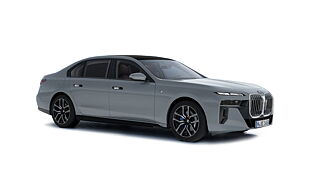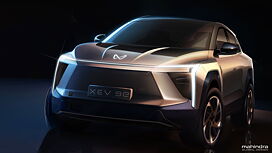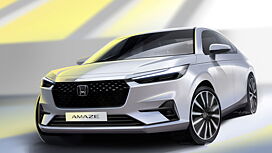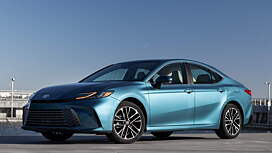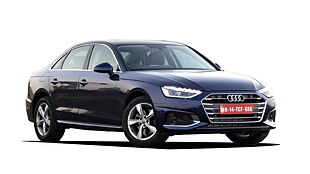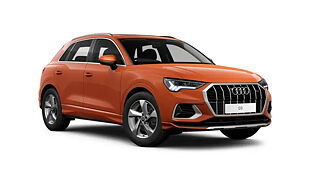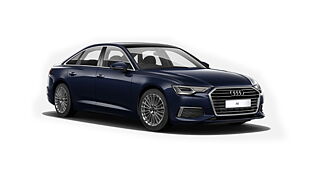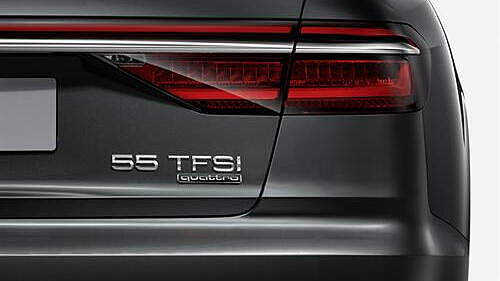
Beginning with the A8, Audi will adopt a standardised nomenclature for the power output designations of its model range. The revision will be applicable to all its products sold worldwide. The names of the model series from Audi A1 to Audi Q7 will remain unchanged though. However, within the model families, combinations of two numbers will replace the various type of designations which were previously used. The new designations stand for the specific power output and apply both to cars with combustion engines and to e-tron models with hybrid and electric drives.
The reference value for the new model designations is the power output of the individual model in kilowatts (kW). The German car manufacturer has therefore created sub-classifications within the range based on performance levels, each identified by a two-numeral combination. As per the new nomenclature, the numeral combination ‘30’ will appear on the rear of all models with power outputs between 81 and 96 kW (107bhp and 126bhp). A ’45’ will represent power outputs of between 169 and 185 kW (224bhp and 245bhp). The new numerals will appear along with the engine technology indicator – TFSI, TDI, g-tron or the e-tron. The spectrum will initially range from the Audi A1 25 TFSI with 70kW (92bhp) to the Audi A8 55 TFSI with 250kW (331bhp).
The number combinations identifying the performance levels in the Audi product range increase in multiples of five, and they represent the hierarchy within both the respective model series and the brand’s overall model range. However, Audi has retained the classic names for the high-end, high-performance S and RS models and the Audi R8, in reference to their top position in the model range. The new Audi A8 3.0 TDI with 210 kW (278bhp) will be the first one to get the new nomenclature, as the Audi A8 50 TDI, and the 3.0 TFSI with 250 kW (335bhp), as the Audi A8 55 TFSI.
Speaking about the new changes, Dr. Dietmar Voggenreiter, board of management member for sales and marketing at AUDI AG, said, “As alternative drive technologies become increasingly relevant, engine displacement as a performance attribute is becoming less important to our customers. The clarity and logic of structuring the designations according to power output makes it possible to distinguish between the various performance levels.”

![Audi A8 L [2014-2018] Image Audi A8 L [2014-2018] Image](https://imgd.aeplcdn.com/272x153/ec/9f/29/12119/img/m/Audi-A8-L-Right-Front-Three-Quarter-48910_ol.jpg?t=114934947&t=114934947&q=80)
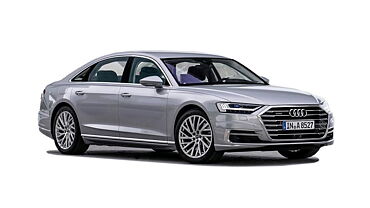




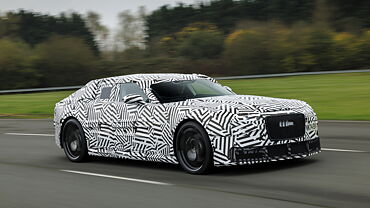


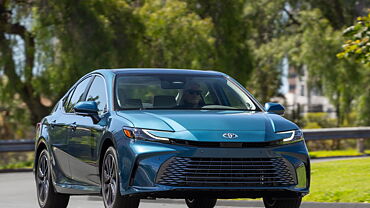
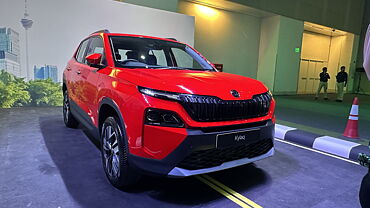



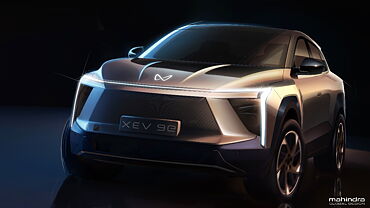

![Audi A8 L [2014-2018] Right Front Three Quarter Audi A8 L [2014-2018] Right Front Three Quarter](https://imgd.aeplcdn.com/199x112/ec/9f/29/12119/img/m/Audi-A8-L-Right-Front-Three-Quarter-48910_ol.jpg?v=201711021421&q=80)
![Audi A8 L [2014-2018] Right Front Three Quarter Audi A8 L [2014-2018] Right Front Three Quarter](https://imgd.aeplcdn.com/199x112/ec/9f/29/12119/img/orig/Audi-A8-L-Facelift-Right-Front-Three-Quater-23951.jpg?v=201711021421&q=80)
![Audi A8 L [2014-2018] Rear View Audi A8 L [2014-2018] Rear View](https://imgd.aeplcdn.com/199x112/ec/9f/29/12119/img/orig/Audi-A8-L-Facelift-Rear-view-23954.jpg?v=201711021421&q=80)
![Audi A8 L [2014-2018] Left Rear Three Quarter Audi A8 L [2014-2018] Left Rear Three Quarter](https://imgd.aeplcdn.com/199x112/ec/9f/29/12119/img/orig/Audi-A8-L-Facelift-left-rear-three-quarter-23953.jpg?v=201711021421&q=80)
![Audi A8 L [2014-2018] Front View Audi A8 L [2014-2018] Front View](https://imgd.aeplcdn.com/468x263/ec/9f/29/12119/img/orig/Audi-A8-L-Facelift-Front-view-23952.jpg?v=201711021421&q=80)







